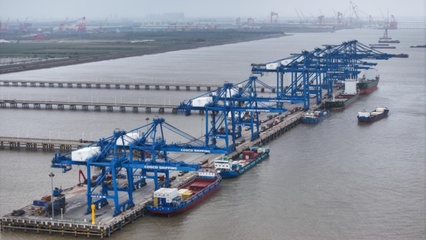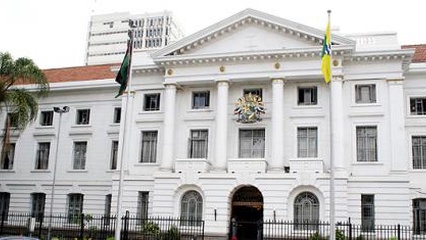CBK Stress Test Flags Credit and Cyber Security Risks for Kenyan Banks

CBK’s May 2025 stress test shows rising NPLs, capital shortfalls, and cyber risks, with smaller banks most exposed to new KSh 3B rules...
✨ Key Highlights
A recent Central Bank of Kenya (CBK) stress test reveals that while Kenya's banking sector shows improved resilience, it faces significant risks from rising non-performing loans (NPLs) and cyber-attacks, particularly impacting smaller lenders.
- The sector's NPL ratio climbed to 17.1% in December 2024 and 17.6% by April 2025.
- Bank of Africa and Sidian Bank remain under-capitalized, having consistently failed the test since 2022.
- A severe stress scenario could push the NPL ratio to 21.2% by December 2025, requiring KSh 5.1 billion in fresh capital for six banks.
- Eleven banks were below the new KSh 3 billion minimum core capital requirement as of June 2025, needing KSh 14.7 billion to comply.
- Cyber-attack losses could reach KSh 2.9 billion in a severe case, causing five banks to fall below the Core Capital Adequacy Ratio (CAR).
Continue Reading
Read the complete article from The Kenyan Wall Street
Part of the Day's Coverage
SRC, CBK, and KAM Reports Flag Fiscal Pressures and Economic Risks in Kenya - September 2025
Several reports have highlighted significant fiscal and economic challenges within Kenya. The Salaries and Remuneration Commission (SRC) released new data showing that national and county governments are consistently breaching the 35% wage bill cap, with personnel costs crowding out development spending. In the financial sector, a Central Bank of Kenya (CBK) stress test revealed that Kenyan banks face significant risks from rising non-performing loans (NPLs) and cyber-attacks, with smaller lenders being particularly impacted. Separately, the Kenya Association of Manufacturers (KAM) stated that the country's manufacturing sector is under severe pressure from a flood of cheap imports and counterfeits. According to KAM, these illicit trade practices are eroding the competitiveness of local industries and forcing some businesses to shut down or relocate.





